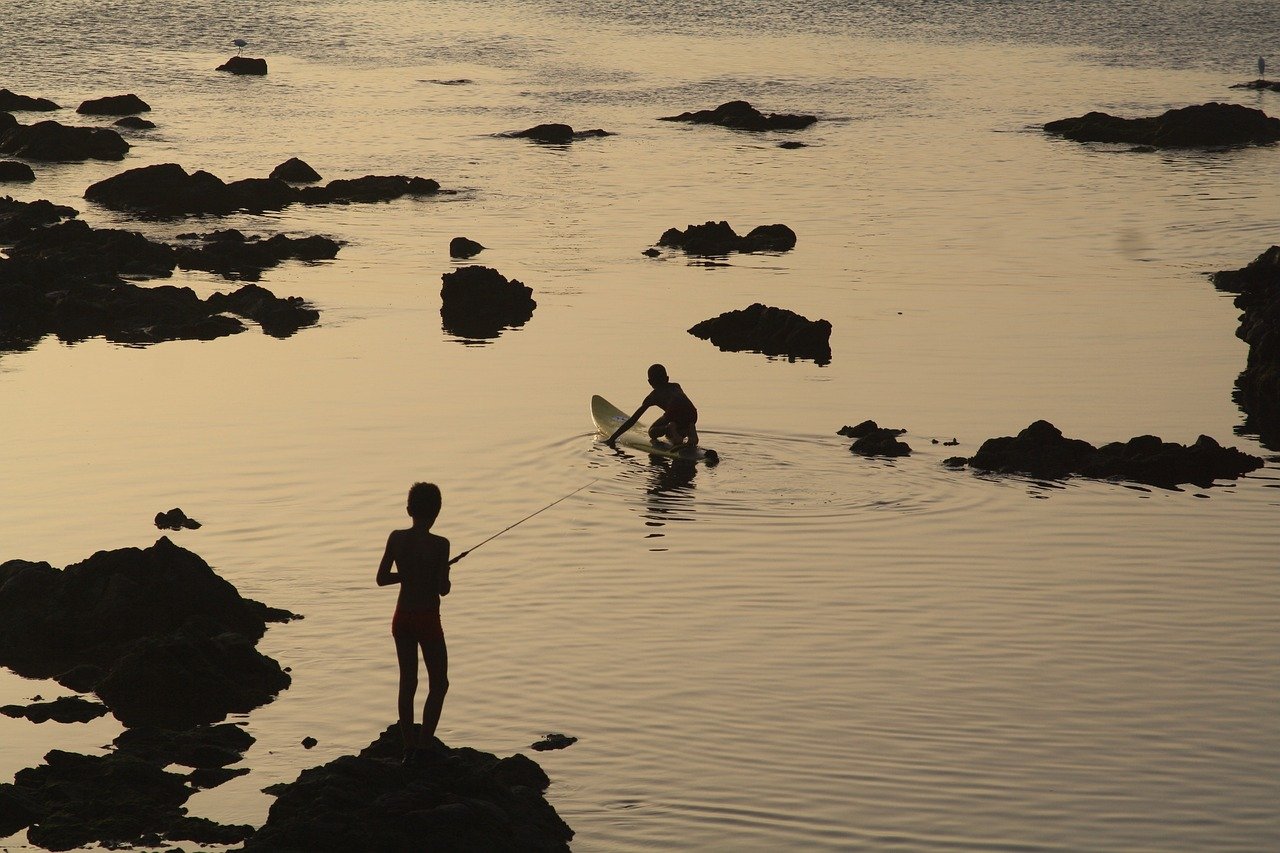New York City, 23 September 2024
Honourable Chair,
Excellencies,
Ladies and Gentlemen,
It is a great honour to join your meeting here today. As we have just heard, we live in a fractured world. We see continent-sized powers that are competing for resources, technology and spheres of influence. But in this world of great power competition, there is one voice that is calling on all humanity to unite and face the common challenge of climate change: This is the voice of the small island states. Year after year, you are seeing the dramatic reality of a boiling planet. So my first message to you is very simple – it is thank you. Thank you for showing leadership. Thank you for not only serving your own people but all the people of the world by adamantly calling for improvement, change and awareness of climate change.
Europe stands with you to turn this plea for global unity into action. Just think of the last UN Climate Conference. You asked to raise the global ambition, rightly so. And together, we helped broker a global agreement on transitioning away from fossil fuels, and most importantly, creating a loss-and-damage fund. This will require unprecedented financial resources – not only for renewables and clean tech, but crucially, to adapt our infrastructures and societies to a changing climate. Today, I would like to focus on three practical steps that can help bridge the global climate finance gap. First, green bonds. Second, carbon pricing. And third, a more strategic use of existing public investments.
Let me start with my first point – green bonds. In Europe, green bonds have proven to be an incredibly powerful tool to mobilise private investments. But in developing countries the green bond market is struggling to take off. This is why last year, we launched the Global Green Bond Initiative. That is a EUR 1 billion fund to kick-start green bond markets in developing countries. But what we have then seen is that when a developing country issues green bonds, it often has to pay a very high interest rate to investors – the so-called coupon. This is of course a big obstacle if you do not have enough fiscal space. Therefore, today, I can also announce that we will establish a new ‘Green Coupon Facility’. With this Green Coupon Facility, Europe will then subsidise part of the coupons for green bond issuers who face very high interest rates. This will allow you to grow your green bond market much faster and raise the money you need for your people and your economy.
My second point is on carbon pricing. It is now almost 20 years since the European Union first put a price on carbon. At the beginning this was a bumpy road, but now we have quite a substantial experience on what works and what does not work. Just to give you a few figures: Since then, we have reduced emissions in the relevant sectors by almost 50% – so almost by half. And at the same time, because of the price on carbon, we have generated over EUR 200 billion in revenues that are being reinvested in climate action and innovation. Now just imagine what we could do if we had this carbon pricing principle globally: cut emissions, grow the circular and clean economies, and have revenues for climate action and innovation. This is why tomorrow, together with Prime Minister Justin Trudeau, we will gather here in New York with industry to promote global carbon pricing and to discuss its opportunities. The principle is as effective as it is simple. It says: If you pollute – you pay. If you go clean – it pays off.
My third point is on investments. Most of you know our global EUR 300 billion investment plan for infrastructure abroad – we call it Global Gateway. Global Gateway is already financing a host of projects across your countries, for example clean energy in Fiji or Cabo Verde, a new multipurpose port in Kiribati. We are investing in new technologies that transform seaweed in biofuels, or in pharmaceutical manufacturing in the Caribbean, just to name a few examples. Now we will take Global Gateway to the next level. We will propose an integrated offer to our partners. For us it is important that if we are investing in your industrial capacities, that we also try to advance our trade partnership with you. There is a basic principle that is important for us: We want the processing, the value chains to stay local, with you, so that we support the development of the value chains and the processing in your countries. This is a win-win situation for all of us. It strengthens our supply chains, which we diversify with different partners – this is important for us – and it also creates good jobs and local added value in your countries. And here the principle again is: if it is of interest of both sides, it is a win-win partnership and therefore the right way to go.
Excellencies,
As dramatic as the situation is, I am convinced that small island states can find a new place at the heart of global value chains. With the right investments, you can play a crucial role in a decarbonised global economy. In this world of giants, small island states can be pioneers of change. I want to reassure you – and therefore, thank you very much for inviting me here today – that Europe wants to be at your side, as your partner for the fight against climate change, and as your partner with our ambitions for a clean, circular and sustainable growth.
Thank you very much for your attention, and again, thank you very much for inviting me.
Source – EU Commission

